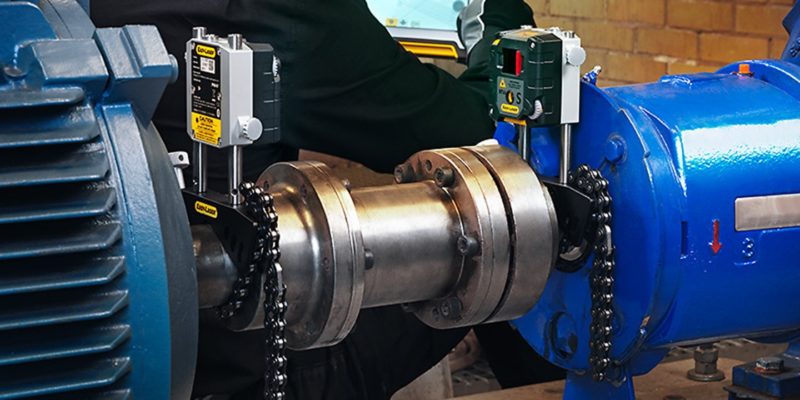In its most basic form, a Cardan shaft is a spacer shaft with universal joint couplings on both ends. Even though they are offset from each other, this installation allows the electricity to transfer. Continue reading as we discuss the importance of Cardan shaft alignment, how it works, the effects of angle differences between the shafts, and why it’s necessary.
Alignment of the Cardan Shaft
The alignment of Cardan shafts (Usually employed to correct for parallel misalignment for the driving and driven shafts) is frequently poor.
The Z-configuration, in which the driven machine and driveshaft are parallel to each other and horizontal, is the most frequent Cardan shaft configuration.
Shaft Layout for a Cardan
Different sorts of drive trains, such as motors, gearboxes, and driveshafts, could use the Z-configuration. For example, the Cardan shaft is sometimes connected to a lengthy jackshaft or intermediate spacer. Vertically mounted machinery with the Z-configuration likewise can be found in several sectors.
The shafts’ angular misalignment cannot be immersed. More vibrations are likely to occur if this is the case, causing the driven shaft to circle unevenly.
At least until lately, the issue was that offset drive alignment was a difficult process and time-consuming. Theodolites, theodolites, and engineer’s levels have all been employed, as have pairs of wires hanging in scaffolding poles, long brackets, oil and theodolites. These all can be utilized to some extent, but rectification is primarily a trial-and-error procedure requiring significant time and knowledge to produce satisfactory outcomes. The fundamental challenge is that alignment may be necessary between shafts that are separated by a considerable distance, which is typically made more difficult by the inability to rotate one of the shafts. Of course, you should be able to turn both shafts in any shaft alignment. However, we have a unique challenge in applications where Cardan shafts are used. Even if both shafts may be rotated, we must inevitably move the connection after each circuit.
Due to the introduction of dual-laser systems, this operation can now be made simpler than traditional shaft alignment by employing some basic procedures and according to a few simple guidelines. First, the face of the flange, which is also used in the Cardan shaft fixture, is frequently the sole datum surface available. Therefore, the correctness of the alignment is based on the use of the coupling’s face as a datum surface and the squareness of this face to the rotation axis.
The parallelism of Cardan shafts may now be measured quickly and easily. A dummy rotating axis can be positioned parallel to the driven unit using the fixture system (stationary machine).
The fixture can be installed on either unit depending on the available space, although mounting it on the shaft, which cannot be turned, is always easier (stationary machine).
The actual alignment is a straightforward procedure that takes only a few minutes to complete.
Detecting and Correcting Problems With Laser Shaft Alignment
The Cardan shaft and its couplings must be removed for precise laser shaft alignment of the driver to the driven machine. The machine angle can then be detected and rectified using a laser alignment device and a specialized Cardan offset bracket. After removing the Cardan shaft, the Cardan bracket is fitted to the stationary machine’s shaft face. For example, the bracket would be mounted to the roll shaft in the circumstance of a motor connected to a roll. The connection bolt holes or a threaded hole in the centre of the shaft or the connection bolt holes can be used to attach the bracket to the shaft.
The Cardan bracket authorizes the fixed machine’s rotational axis to be virtually aligned with the moveable machine’s rotational axis. The bracket is where the laser is mounted. Compact magnetic brackets, standard compact chain brackets, or other optionally available brackets are used to mount the receiver to the driver shaft. The alignment condition is assessed once measurements are taken.
Contact us for Cardan shaft alignment tools and equipment.

Comments